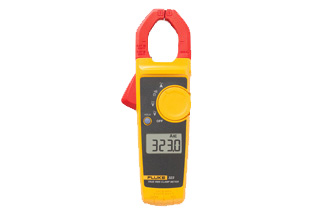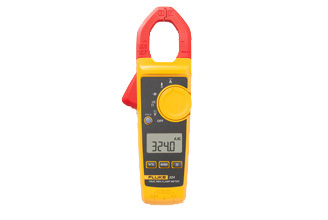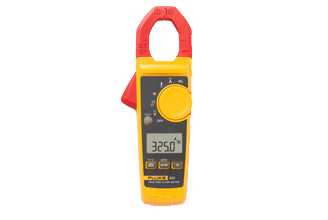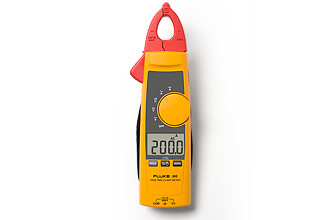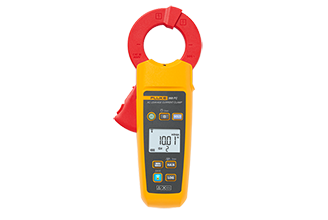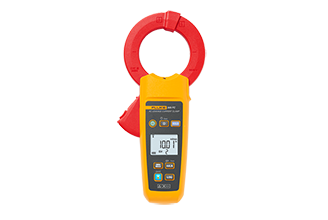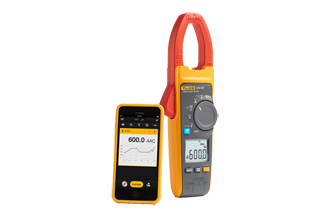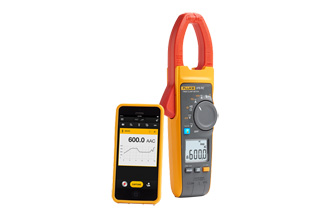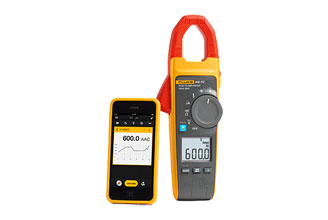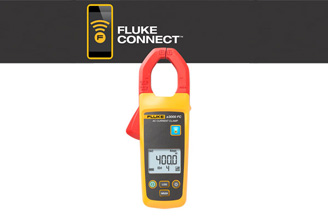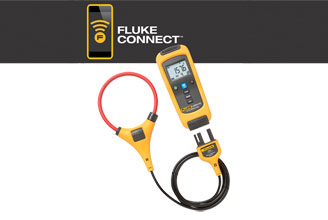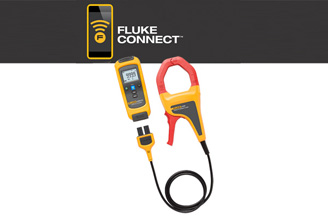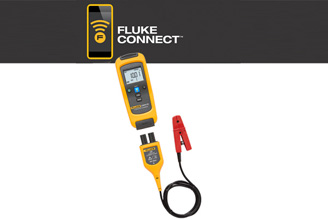Solutions for Every Need
Wires in tight compact spaces. Panels out of reach. Extra-large conductors. We understand your workspace and have designed products for noise-free, reliable readings. Built on success, clamp meters designed by Fluke are known as workhorse clamp meters. With advanced performance, the clamp meter line is designed to be simple to use and gimmick-free.
And now key Fluke clamp meters can share results with Fluke Connect® wireless test tools. Take a reading, send it remotely to a Fluke Connect master unit, and you’re ready to send measurement data to your smartphone, save and share measurements from the field with your team, at anytime, from anywhere.
A clamp meter is an electrical tester that combines a voltmeter with a clamp type current meter. Like the multimeter, the clamp meter has passed through the analog period and into the digital world of today. Created primarily as a single purpose test tool for electricians, today’s models have incorporated more measurement functions, more accuracy, and in some instruments, some very special measurement features. Today’s clamp meters have most of the basic functions of a Digital Multimeter (DMM), but with the added feature of a current transformer built into the product.
The ability of clamp meters to measure large ac currents is based on simple transformer action. When you clamp the instrument’s “jaws” around a conductor carrying ac current, that current is coupled through the jaws, similar to the iron core of a power transformer, and into a secondary winding which is connected across the shunt of the meter’s input. A much smaller current is delivered to the meter’s input due to the ratio of the number of secondary windings vs. the number of primary windings wrapped around the core. Usually, the primary is represented by the one conductor around which the jaws are clamped. If the secondary has 1000 windings, then the secondary current is 1/1000 the current flowing in the primary, or in this case the conductor being measured. Thus, 1 amp of current in the conductor being measured would produce 0.001 amps or 1 milliamp of current at the input of the meter. With this technique, much larger currents can be easily measured by increasing the number of turns in the secondary.
Buying a clamp meter not only requires looking at specifications, but also looking at features, functions, and the overall value represented by a meter’s design and the care taken in its production. There are many types of clamp meters. Choosing the one that best suits your applications is important.
- Fluke 323 True-rms Clamp Meter
- Fluke 324 True-rms Clamp Meter
- Fluke 325 True-rms Clamp Meter
- Fluke 365 Detachable Jaw True-rms AC,DC Clamp Meter
- Fluke 368 FC True-rms Leakage Current Clamp Meter
- Fluke 369 FC True-rms Leakage Current Clamp Meter
- Fluke 374 FC True-rms AC,DC Clamp Meter
- Fluke 375 FC True-rms AC,DC Clamp Meter
- Fluke 902 FC True-rms HVAC Clamp Meter
- Fluke a3000 FC Wireless AC Current Clamp Module
- Fluke a3001 FC Wireless iFlex® AC Current Module
- Fluke a3004 FC Wireless 4-20 mA DC Clamp Meter


